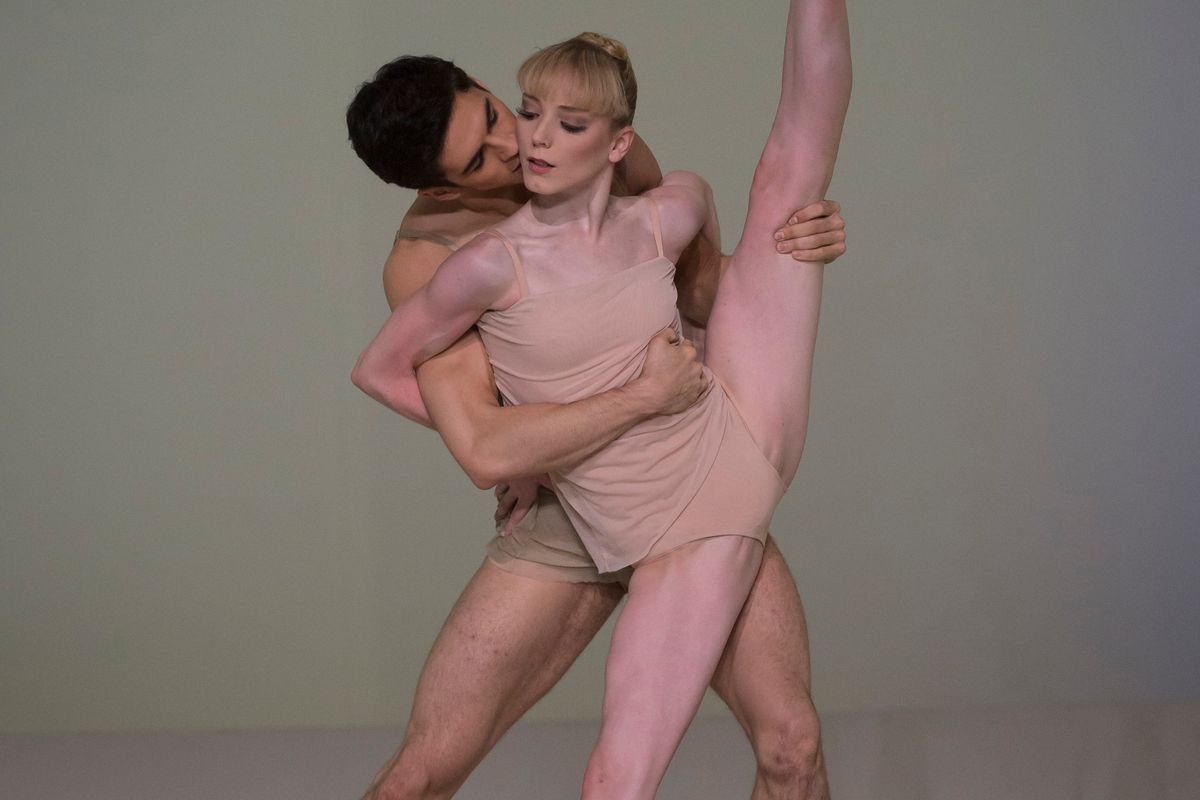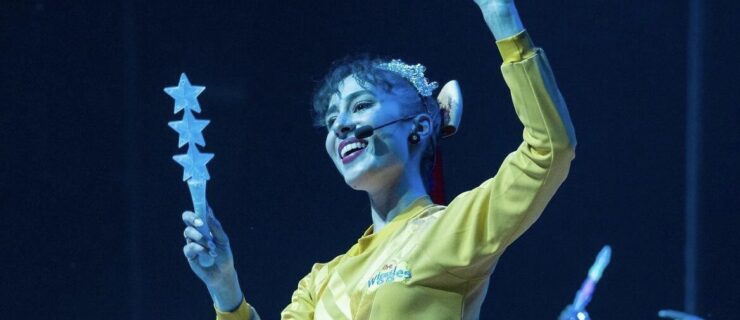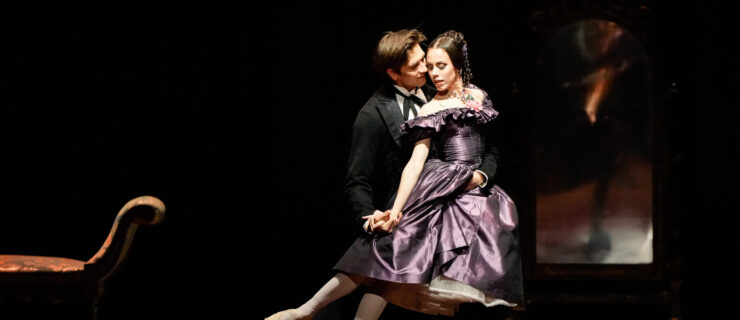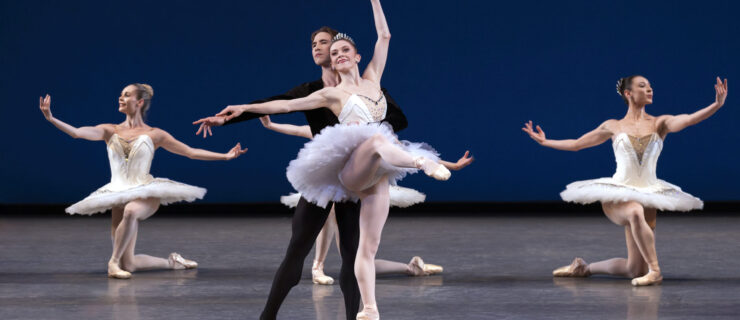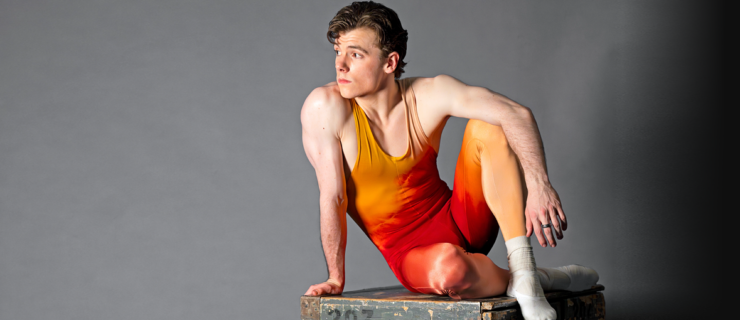Shades of Intensity: The Royal Ballet's Sarah Lamb on Wayne McGregor's "Chroma"
In Wayne McGregor’s high-octane Chroma, The Royal Ballet’s Sarah Lamb finds meditative stillness.
As told to Laura Cappelle
Chroma was the first ballet I worked on with Wayne McGregor, and it was like embarking on a relationship for the first time. There’s a heightened energy, an expectation and also the desire to be a vehicle for the choreographer’s ideas. The creation process was very easy. Wayne didn’t give me any information about my role before we started—he doesn’t try to analyze anything before it happens. The whole piece is a painting with people: We’re in a monochrome environment, wearing light colors, in a white spot.
The first time I appear onstage is for my pas de deux. It often stands out because it comes after a period of loud, staccato, energetic music, and then there is this calm. It’s quiet piano music, very meditative—the composer Joby Talbot’s title for this section is “…a yellow disc rising from the sea…” One image that I have in my head is of a pebble being dropped into water, and the circles emanating out from it. There’s a stillness, but there is also a continuity of movement, an echo and a reverberation.
When I’m performing it, I’m not really thinking of a narrative, but I do believe there is a story between the female and the male. It’s not the first time they’ve met. They know each other very well, and there is a symbiotic relationship between them. There’s something almost melancholy about it, but also really pure and without expectation. It doesn’t have to be sexual: It’s just the love of two souls. It’s beautiful in that way, with a sense of real security and trust.
Although the shapes aren’t all classical, I think of it as classical, because the execution is very important. The transition from line to line is more exact than in some of the other pas de deux, which are much quicker. For Wayne, what’s more imperative is having a real purpose for each movement. That then comes through musically: You anticipate it so that the curvature is happening exactly on the count, to have the impact of the full shape on the music.
The pas de deux is like an anchor, in a way, to Chroma—it’s that moment that refocuses in the middle of the commotion that comes before and after. Chroma has now become a signature ballet for Wayne, and it has a special place in my heart. It’s like a gift—I feel a real ownership of it.
Tip: “Clarity is really important. Because it is very slow, it requires clean lines and an aesthetic purity. Each movement has to have an exact position, otherwise it will just look messy.”
